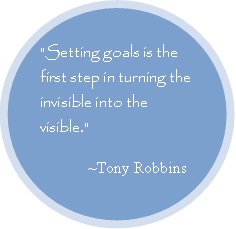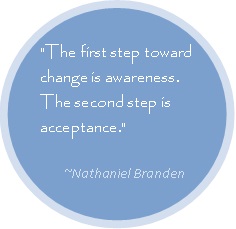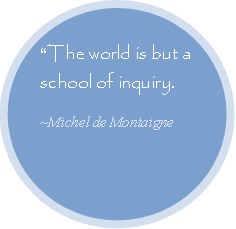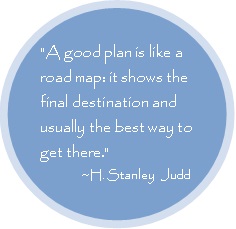A Coaching Model Created by Mary Lamphear
(Executive Coach, UNITED STATES)
 This coaching model is to support both the Client and the Coach. Using this model as a framework will provide a purpose of staying “on track” with each session. This coaching model will provide a visual for the Client to understand the coaching process. The Coach will maintain mindfulness of coaching skills to employ through each process.
This coaching model is to support both the Client and the Coach. Using this model as a framework will provide a purpose of staying “on track” with each session. This coaching model will provide a visual for the Client to understand the coaching process. The Coach will maintain mindfulness of coaching skills to employ through each process.
Clarify
 The first step in coaching is for the client to define clearly and concisely exactly what he/she wants to achieve. Clarifying the goal establishes focus.
The first step in coaching is for the client to define clearly and concisely exactly what he/she wants to achieve. Clarifying the goal establishes focus.
Asking the client to state his/her objective in one short sentence is valuable as you can return repeatedly to this clear statement to keep the coaching session focused on the objective.
With asking “What do you want to accomplish today?” or “What would be the best use of our time right now?” the coach communicates to the client that each coaching session is always to address what is most important to the client at that time. What “mountain” do they want to prepare to climb?
Coaching Skills:
Learn
 Often times the goal the client brings is one that they have previously tried to accomplish on his/her own. Perhaps the goal was not clear enough to be achieved. Whatever the reason, it is important the coach uses powerful listening to learn the current reality.
Often times the goal the client brings is one that they have previously tried to accomplish on his/her own. Perhaps the goal was not clear enough to be achieved. Whatever the reason, it is important the coach uses powerful listening to learn the current reality.
With the coach providing a safe, nonjudgmental, trusting environment the client can discover possibilities by being asked “What have you tried?” and “What would be the best possible outcome?”.
Feedback can create awareness with the client. Feedback is nonjudgmental. It is neither positive nor negative. Feedback helps the client realize that the coach is listening. Stating what is and what is not from another perspective can give the client the insight necessary to move into action. Coaching is all about discovery, learning and change.
Coaching Skills:
Inquire
 In this phase of coaching it is most important for the coach to have a curious mind. It is easy to ask questions when the coach is genuinely curious about what is happening.
In this phase of coaching it is most important for the coach to have a curious mind. It is easy to ask questions when the coach is genuinely curious about what is happening.
Insuring there is no judgment or any assumptions, powerful questions support opportunity. The coach knows that the client is the first and best expert capable of solving his/her own problems and achieving his/her own ambitions. The questions are to provoke the client to think, feel and uncover what they already know.
Coaches ask questions that guide the client to discover his/her own best and most authentic answers, whether the area of focus is professional or personal.
Coaching Skills:
Map
To continue action is to develop a map to take the client from where he/she is to where he/she wants to go, the coach asks:
 While the coach needs to maintain the balance of holding the client accountable, the client should never feel forced or rushed. The coach is to encourage and acknowledge the steps the client is taking working toward their goal.
While the coach needs to maintain the balance of holding the client accountable, the client should never feel forced or rushed. The coach is to encourage and acknowledge the steps the client is taking working toward their goal.
When the client feels “stuck” it is suggested to work around the client’s value core and re-explore possible barriers. It may also be necessary to breakdown the goal into smaller steps.
Coaching Skills:
Become
 It is a great feeling when we achieve our goals, but what do we do next?
It is a great feeling when we achieve our goals, but what do we do next?
Enjoy the view!
Once the goal has been reached, it is important the client take time to stop, take a deep breath, and celebrate their accomplishments and recognize that he/she is an achiever.
An important step in this phase is to note the things the client has learned throughout the experience. From doing this, the client will be better prepared for the next stage of their life.
With each subsequent new peak achieved by the client, it is important the coach makes certain that the client enjoys the view, learns from the experience, is grateful to those whom have helped him/her along the climb, and to look to greater heights.
Coaching Skills: